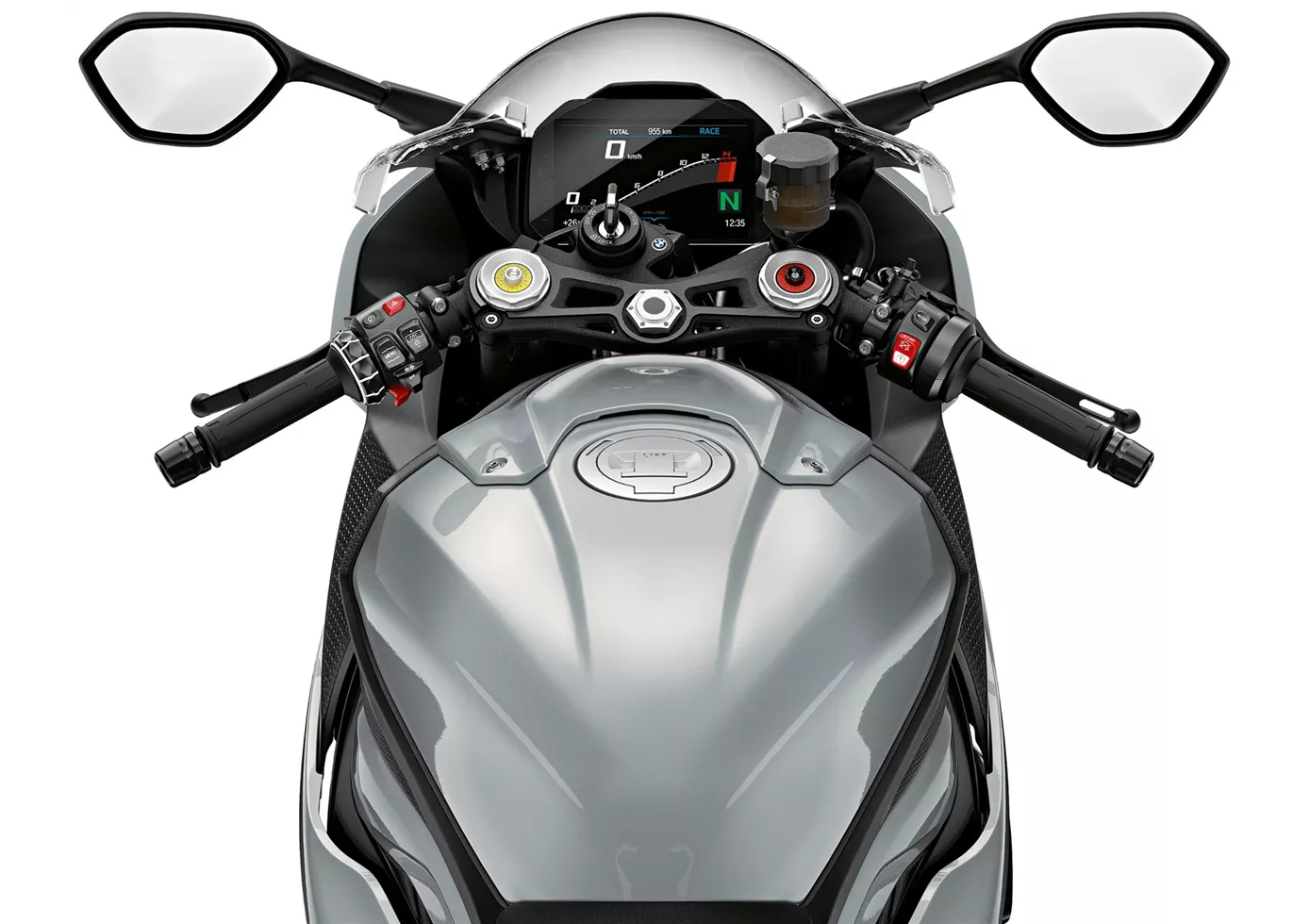BMW S 1000 RR 2020 vs. Yamaha R1 2011

BMW S 1000 RR 2020

Yamaha R1 2011
Overview - BMW S 1000 RR 2020 vs Yamaha R1 2011
The BMW S 1000 RR 2020 and the Yamaha R1 2011 are both highly regarded supersport motorcycles, but they have some key differences in their technical specifications and strengths.
In terms of engine and drive train, the BMW S 1000 RR 2020 has a slightly larger bore of 80 mm compared to the Yamaha R1 2011's 78 mm. The stroke of the BMW is 49.7 mm, while the Yamaha has a stroke of 52.2 mm. The BMW also has a higher engine power of 207 HP compared to the Yamaha's 181 HP. However, the Yamaha has a slightly higher torque of 115.5 Nm compared to the BMW's 113 Nm. Both motorcycles have 4 cylinders and 4 valves per cylinder, as well as DOHC valve configuration. The displacement of the BMW is 999 ccm, while the Yamaha has a displacement of 998 ccm.
In terms of suspension, both motorcycles feature upside-down telescopic forks in the front. The chassis of both bikes is made of aluminum, but the BMW has a Twin Tube, Load-bearing engine frame type, while the Yamaha has a Deltabox frame type.

BMW S 1000 RR 2020
Both motorcycles have double disk front brakes and the same tire dimensions, with a front tire width of 120 mm and a rear tire width of 190 mm. The front and rear tire diameters are also the same at 17 inches. However, the Yamaha R1 2011 has a slightly larger fuel tank capacity of 18 liters compared to the BMW S 1000 RR 2020's 16.5 liters. The wheelbase of the BMW is 1441 mm, while the Yamaha has a slightly shorter wheelbase of 1415 mm. The seat height of the BMW is 824 mm, while the Yamaha has a slightly higher seat height of 835 mm.
In terms of strengths, the BMW S 1000 RR 2020 is praised for its very linear power delivery, wide rev range, and pleasant control. The ShiftCam technology provides plenty of pressure in the lower rev range. The bike also has excellent DDC (Dynamic Damping Control) precision and top performance. The electronics package is also highly regarded. Overall, the BMW offers a harmonious package both on the road and on the racetrack.
On the other hand, the Yamaha R1 2011 is praised for its fine traction point and easy rider adaptation to the race track. The bike has easy steering behavior and optimal traction point.

Yamaha R1 2011
In terms of weaknesses, the BMW S 1000 RR 2020 is criticized for being somewhat "characterless" compared to other bikes like the Aprilia and Honda. It also lags behind on the spec sheet in direct comparison.
The Yamaha R1 2011 is noted for its plump-looking rear end, which some riders may find less appealing.
In conclusion, while both the BMW S 1000 RR 2020 and the Yamaha R1 2011 are high-performance supersport motorcycles, they have distinct differences in their technical specifications and strengths. The BMW offers a more linear power delivery and a wider rev range, while the Yamaha is praised for its traction and easy rider adaptation. Ultimately, the choice between the two will depend on the rider's preferences and priorities.
Technical Specifications BMW S 1000 RR 2020 compared to Yamaha R1 2011
Pros and Cons in comparison
Pros and Cons in comparison
BMW S 1000 RR 2020

A real "all-rounder" superbike. The BMW knows how to play to its strengths both on the race track and on the country road. Thanks to variable camshaft control, the powerful engine is already convincing at the bottom end and accelerates harmoniously across the entire rev range, with plenty of power in every range. For the hobby pilot, the chassis certainly functions excellently in every situation, provides transparent feedback and offers many adjustment options. The seating position is sporty yet relatively comfortable. The electronics work very harmoniously without patronising the rider - TOP!
Yamaha R1 2011

Once upon a time, she was the toughest beast among the 1000s. Only the wildest dogs could ride it. Now it is the motorbike that can not only be described as "the least evil on the country road" but which also gives a lot of pleasure there.
Price Comparison Avarage Market Price BMW S 1000 RR vs Yamaha R1
There are a few key differences between a BMW S 1000 RR 2020 and a Yamaha R1 2011. In terms of price, the actual average price of a BMW S 1000 RR 2020 is about 131% higher. A BMW S 1000 RR 2020 experiences a loss of 430 USD in one year and 140 USD in two years of ownership. This is offset by a loss of 1,100 USD and 1,850 USD for a Yamaha R1 2011. Compared to Yamaha R1 2011 there are more BMW S 1000 RR 2020 bikes available on the 1000PS.de Marketplace, specifically 16 compared to 4. It takes less time to sell a Yamaha R1 with 53 days compared to 68 days for the BMW S 1000 RR. Since model year 2010 1000PS.de editors have written 135 reviews for the BMW S 1000 RR and 80 reviews for the Yamaha R1 since model year 2005. The first review for the BMW S 1000 RR was published on 4/16/2008 and now has more than 4,000 views. This compares to more than 3,900 views for the first review on Yamaha R1 published on 4/28/2003.
























